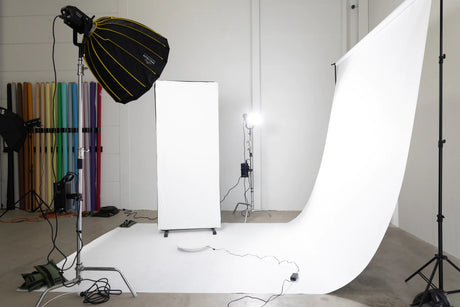The act of taking a photo looks incredibly simple. It is just point, click, done- who could get those simple steps wrong? And yet, when we look at photographs from Facebook albums of friends or on your computer’s photo library, we often see exactly how the seemingly simple photographic process can be got badly wrong. Photo subjects chopped down to the middle, offset exposures, red-eyes, blurred foreground and background, etc.

If you want to choose photography as a profession, or even a hobby, then you have to realize that there us a lot that needs to be corrected from common practice before you can actually take a quality image.
Composition
Photo composition is very important as it helps to set the mood for the shot and from there, it tells the story for itself. It can also bring up an emotional response from the viewer. Let the viewfinder be your eyes but keep the composition fixed on your mind while taking the shot, and from constant correct practice, composition will become part of your nature when taking the shots.
5 Basic Elements of Composition
1. Pattern
These patterns are all around us if we learn to see them, emphasizing and highlighting these patterns can lead to striking shots.
2. Symmetry
Depending upon the scene – symmetry can be something to go for – or to avoid completely.
A symmetrical shot with strong composition and a good point of interest can lead to a striking image – but without the strong point of interest it can be a little predictable.
3. Texture
Images are two dimensional thing yet with the clever use of ‘texture’ they can come alive and become almost three dimensional.
Texture particularly comes into play when light hits objects at interesting angles.
4. Depth of Field
The depth of field that you select when taking an image will drastically impact the composition of an image.
It can isolate a subject from its background and foreground (when using a shallow depth of field) or it can put the same subject in context by revealing it’s surrounds with a larger depth of field.
5. Lines
Lines can be powerful elements in an image.
They have the power to draw the eye to key focal points in a shot and to impact the ‘feel’ of an image greatly.
If you mentally divide your viewfinder in three horizontal and three vertical sections, you will get the focal points. The focal points are the areas or spots where the viewer eyes will normally drawn to when looking on a picture.
Look at the viewfinder as presented in the picture above, yellow lines marks the imaginary lines and the red dots are the focal points. The Law of Thirds is a simple technique that assure your subject are located in frames in a pleasing manner.











